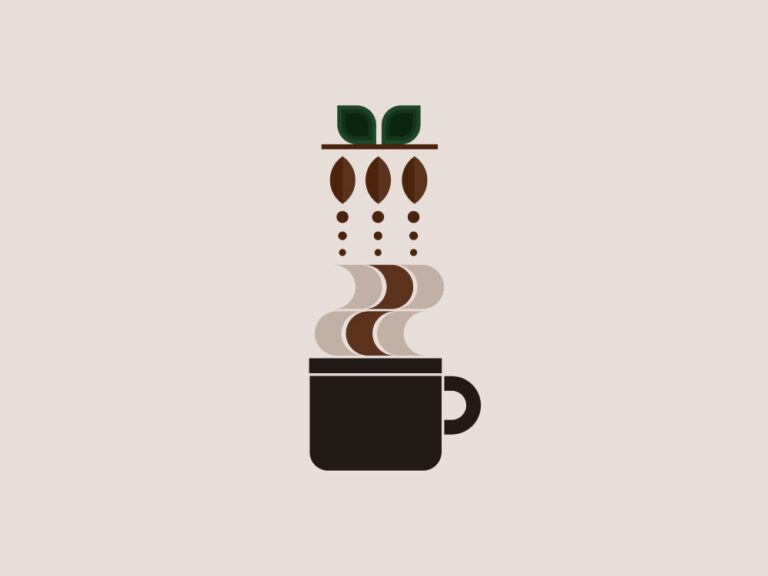
This post may contain affiliate links. As an Amazon Associate and a partner of other brands, I get a small commission if you purchase through my links, at no extra cost from you.
If you are on this page, it means you are curious to know what is single origin coffee.
This post will give you the definition of single origin coffee, what are the characteristics and what to look for when buying single origin coffee.
It has become very popular in recent times. It seems like everyone is drinking it.
Some people do not even know what it means, while others are thinking about giving it a try.
What Is Single Origin Coffee?
It refers to the fact that the beans are grown in one specific location, hence they have similar characteristics to other beans grown there.
In the same vein, when you have a “signature” coffee from a well-known coffee shop, the beans are from the same farm.
There are three main aspects that define a single origin coffee. When a packet is labeled as single origin, it can mean that:
- the coffee comes from a single farm or,
- the coffee comes from multiple farms or plantation that are close to each other or,
- the coffee was planted from different farms or plantations in the same country.
In order to be considered a “Single Origin Coffee”, there should be no mixing of beans from different origins and they must be exported directly from the country of origin.
For instance, Mexican coffee cannot be considered “single origin” unless it is roasted in Mexico and then exported immediately.
Single Origin coffees may carry the name of the country or region where they are grown, such as “Sumatra Mandheling” or “Ethiopian Yirgacheffe”.
Because of this, it is often more expensive than your regular blend and preferred by coffee aficionados.
Single origin coffee beans come from a specific location and can carry names that can help describe their characteristics.
For example, the Arabica variety of coffee beans comes from Colombia and is known as “Colombian Starbucks”.
The name is important because if the coffee beans are Colombian.
But is they are roasted in Indonesia, you will not be able to call the beans Colombian unless they specifically say so on their packaging (e.g. “100% Colombian Coffee Beans”).
This kind of coffee bean is said to be of mixed origin.
One thing that makes single origin coffee different is its taste profile.
Single origin coffee has a naturally distinct flavor that comes from the soil of the country it is grown.
Geographical Location Matters
The soil, the altitude, the temperature at which the coffee is grown, or even the time of harvest can all affect the taste of coffee.
If you take note of the geographical location of where single origin beans were grown (particularly for Arabica beans), you can get a rough idea of how it will taste.
Arabica Beans = Higher acidity and brighter, more lively coffee taste.
Robusta Beans = Milder, less bright taste that is often described as chocolatey or vanilla-flavored.
Peaberry Beans = A coffee that is grown in the highlands of Tanzania. It has a distinct flavor that is popular among coffee connoisseurs.
Peaberry coffee may be more expensive because it is hard to harvest.
Single origin coffee falls under three categories:
High Grown – This type of coffee is grown at high altitudes, and is mostly Arabica.
The trees are taller and fuller than low-grown varieties, and the beans they produce tend to be more aromatic.
Because these beans are harder to grow and they produce a more flavorful cup of coffee, they make up for their higher prices with superior taste.
Low Grown – This type of coffee is grown at lower altitudes, and the trees tend to be shorter.
The yield may be less as well, but the beans do not necessarily taste as good as those from high altitude regions.
Therefore the prices tend to be lower as well.
Organic – This type of coffee is grown with no chemical additives.
They are harvested when they are green, and most coffees in this category are organic.
These coffees are raised at higher altitudes, with the trees forming a canopy that covers the coffee trees using their shade.
What Does Single Origin Coffee Beans Look Like?
There is a lot of interpretations and different forms that these beans can come in: whole bean, ground and instant blend.
However, we will stick to the definition of what single origin coffee is and focus on the beans so you can get an idea of the different forms these coffees can come in.
The two major types of single origin coffee beans are Arabica and Robusta.
Arabica beans can be further divided into a few varieties, while Robusta cannot. Here is a short overview of the most common types:
Arabica Beans
South American – These beans grow in high altitudes in Columbia, Venezuela and Brazil.
They have low acidity and a chocolatey flavor.
They are the best roasters in the world and produce some of the most flavorful coffee you will ever taste.
However, they can take longer to perk than other types of beans.
French – These beans have a brighter flavor than typical Arabica. They also have a higher caffeine level than typical Arabica beans.
Kenyan – This type of coffee from Africa is roasted similar to typical American coffee.
The taste is milder with a fruity, sweet flavor that many people swear by as one of the best coffees in the world.
Ethiopian – This type of coffee bean is popular in the Middle East and Europe. They have a strong, powerful flavor that is similar to Colombian coffee beans.
Robusta Beans
This type of coffee is grown in the highlands of the country of Tanzania.
It has a distinct flavor that many coffee aficionados claim as one of the best coffees to ever come from this region.
The flavor tends to be strong and slightly bitter, but it works well in a French press or will work well as a dark roast for a Turkish coffee.
Why Are Single Origin Coffee Beans More Expensive Than Regular Coffee Beans?
The draw behind single origin beans is because they are picked from specific regions and tend to taste better than regular blends due to their distinct characteristics.
Single origin coffees are almost always more expensive than blends because they are hard to grow and take longer to produce.
They can also be more susceptible to disease, pests, and harvesting issues that lead to yield loss.
However, if you are willing to pay extra for quality coffee beans, you should rest assured that the taste of the coffee will be worth it.
Many people say that single origin coffees are smoother and stronger than regular blends because of their distinct characteristics.
Of course, it all comes down to personal preference as well as what kind of budget you have for your coffee beans.
If you can’t spare the money for a little more expensive extra cup of coffee, then there is no harm in buying a blend instead.
Characteristics Of Single Origin Coffee
Characteristics are elements that describe the characteristics of the thing being examined.
In coffee beans, there are several unique characteristics that can differentiate one bean from another.
These characteristics are also unique to different geographic locations. The following are the characteristics of single origin coffee.
Varietal Types Of Coffee Beans
Typified as arabica or robusta, the two varieties of coffee beans grow in different parts of the world.
The type can be identified by where it was grown, what altitude it was grown at, and what country it was grown in.
Single origin coffee contains both arabica and robusta beans.
Monsooned beans are produced through completely natural processes using only the variety of beans necessary for producing good quality coffee.
Roasting
Roasting is done in order to process the coffee beans after they have been harvested.
Roasting causes different characteristics in coffee.
This can add to or remove flavor from the bean depending on what roast level the bean is roasted at.
Single origin coffee may be different in its taste profile depending on how long it is roasted and at what temperature.
Single Origin Natural Rating vs Homogenized Coffee
Natural means that it has not had anything added to its composition once it was harvested.
Homogenized coffee contains a process referred to as “golden extraction”, which involves grinding together several different types of coffee beans together in order to create a unique product.
Bean size
Bean size refers to the size of the beans when they are harvested.
The beans can come in two forms: large and small. They may be a variety of sizes, including whole, a fine powder, a liquid, a dark roast, and a brighter one.
It is generally true that smaller beans produce a more delicate taste when brewed.
Where To Buy Single Origin Coffee
Now that you know what single origin coffee is, you may want to buy some.
Here are some places where you can buy single origin coffee.
Single Origin Coffee Beans: Buying directly from the producer is a great way to get fresh coffee beans off the farm.
In order to ensure freshness, look for packaging that says “single origin” on it so you know they have been packaged either recently or from a specific farm.
You should also aim for beans that are free of any defects.
Single Origin Coffee Capsules: If you want to go to the next level, you can get the capsules.
This is one way to cut down on the caffeine in your daily coffee intake.
You can get single origin coffee capsules online or through popular retail stores.
What Is The Purpose Of Single Origin Coffee?
The purpose of single-origin coffee is taste and quality.
The best single-origin coffees maintain their flavor and aroma, and it’s possible to experience this in your cup or on your tongue.
This is where coffee lovers and connoisseurs will take pride in their cup.
The taste and aroma of the beans make it worth the price and these flavors can turn a single cup of coffee into a delicious morning ritual.
Single origin coffee is the best type.
There are also choices of blends made up of different beans, so if this is your preference, you can try that instead of single-origin coffee beans.
For those who are new to coffee, they might be thinking that all their taste buds will come back to life after purchasing a bag of fresh beans.
But how do you know the difference between one bean and another?
It would be best to try out different types of beans through different sellers, so your palate will get accustomed to the subtle hints of flavor that are present in every coffee region.
Is Single Origin Coffee Better?
This is one of those questions that is hard to answer.
What is better in terms of flavor?
The answer to this question depends on who you ask, but for most people in the coffee industry, single-origin coffee is always better than blended or homogenized coffee.
Single-origin coffee is better known as “specialty” coffee.
Specialty coffee has a lot of layers and different notes of flavor and aromas that you can taste in each cup.
This distinction appeals to those who really know their coffee and how it is grown and roasted.
Single-origin coffees are best for those who want to be able to differentiate one bean from another, whether it’s the type of bean or the country where they came from.
There are different kinds of beans, but each one will have a distinct taste profile that people can recognize with some experience under their belts.
The taste or flavor profile depends on where the coffee was grown and how it was roasted. This is what makes single-origin coffee so intriguing.
In order for you to enjoy drinking a cup of single-origin coffee, you have to be willing to pay a bit more.
You will have to also learn as much as you can about what makes a certain type of bean from one region special over any other bean from somewhere else.
Why Drink Single Origin Coffee?
Single-origin coffee is the best coffee to drink because you get to enjoy the whole essence of the beans without any other ingredients in it.
It is completely pure, and you can experience the taste sensation that no other blends can give.
You can also tell if your beans are fresh or not based on how it smells.
Cons of Single Origin Coffee
Single origin coffee may be a little more costly than other blends.
One factor to consider when you’re buying single origin coffee is the price.
You are paying for the unique taste that can’t be replicated by blending beans from different regions together.
Single origin coffee is great for those who are willing to spend a little extra money on one shot of coffee that can provide them with an experience unlike any other, whether it’s the taste, smell, or feeling it has on their senses.
Single-origin coffees also use more beans per cup of brewed coffee than any other type of bean, so if you are looking to save money, this might not be your choice.
Overall, there are a lot of people who prefer single origin coffee beans because it is a better-tasting coffee.
It is also something that will impress other people as well as your friends and family members who know more about these beans.
Blend vs Single Origin Coffee
There is a huge debate, especially among those who are coffee connoisseurs, as to whether blended beans or single-origin beans are better.
The best way to answer that question is to consider the different aspects of what each one has to offer.
Blended Beans
Blended coffee beans have been the conventional choice for many years now.
This is usually made up of two pure types of beans from differing regions – usually a dark and a medium roast for a more balanced taste – and it contains a lot of caffeine.
It’s not unusual for a single cup of blended coffee from popular chains to have anywhere from 150 to 200 milligrams of caffeine per cup or even more.
Blended beans are great for those who want to enjoy coffee without having to worry about the different beans and where they come from.
Blended coffee also comes in different flavors, like hazelnut or caramel.
You can even purchase flavored creamers that contain the same flavor as the blended bean you bought, so you do not have to worry about adding anything else to your cup.
Blending beans is usually cheaper because it involves using less of each type of bean.
This way, it’s possible to produce a lot of caffeine without having to use high-quality beans or buying more than what you need to meet your demand.
Single Origin Coffee Beans
On the other hand, single origin coffee beans are made up of only one type and one bean and the best way to experience it is to purchase a whole bean and grind your own beans.
This process takes time, but it produces the purest taste and is the best way to enjoy real single origin coffee.
These beans usually come from small farms that use traditional methods when farming and they place a high emphasis on quality when they start this process.
As such, they can be pricey, but once you taste them you will realize why these beans make it onto lists like this one.
You will also understand why there is such a demand for them in many coffee shops across the world.
Final Thoughts
Whether you are a beginner or an expert at drinking single-origin coffee, there are still things that you need to know, which will affect your overall experience with this type of bean.
Single origin coffee is definitely worth buying.
However, it is definitely more expensive than other types of beans because of the extra steps that go into roasting and making the coffee.
One factor to consider when you’re buying single origin coffee is the price.
But with a shot of single origin coffee, the experience is unlike any other, whether it’s the taste, smell or feeling it has on your sense. It’s just incomparable.

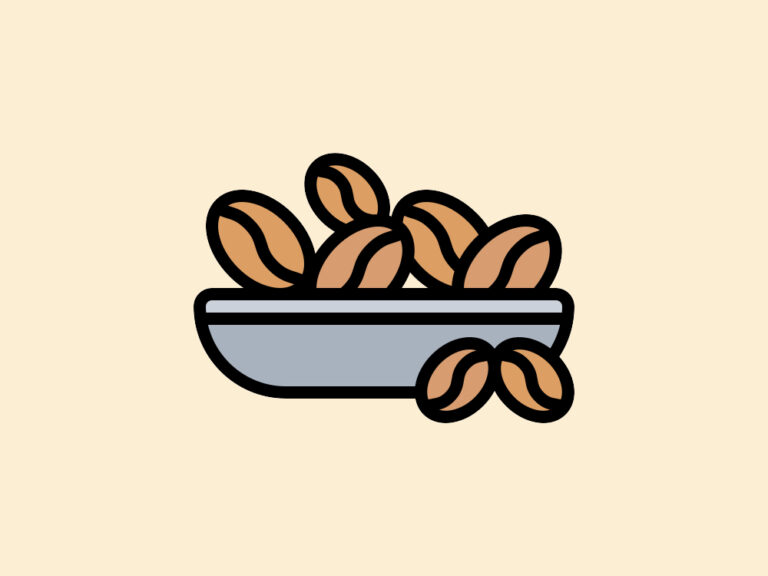
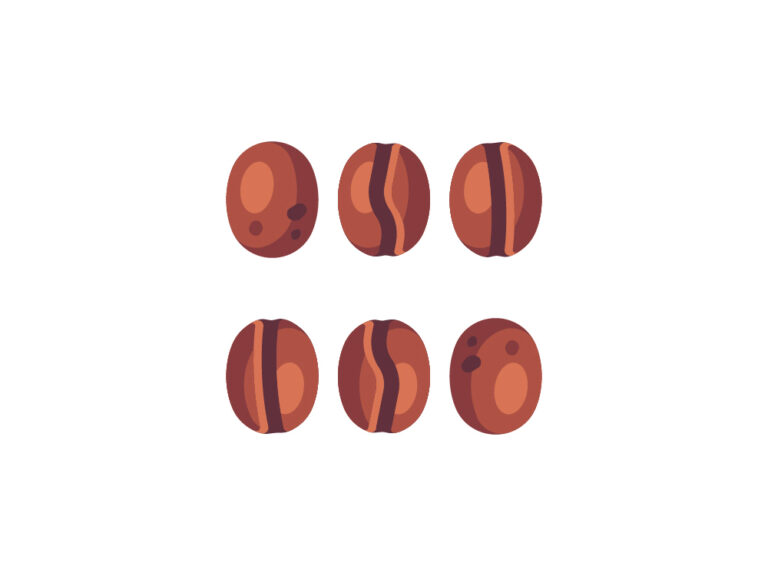
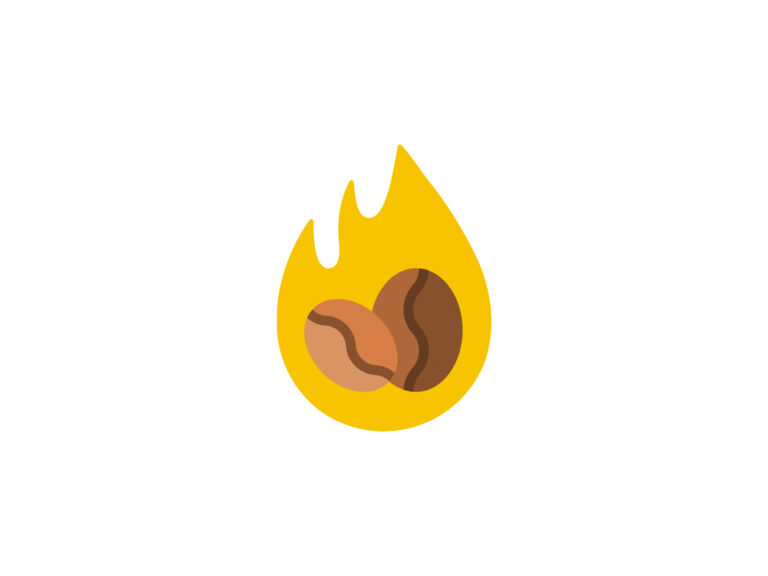
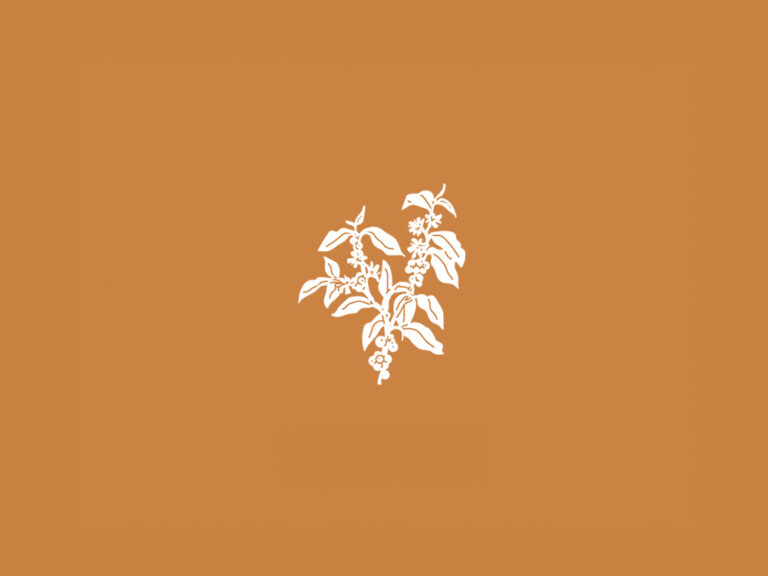
![Where Do Coffee Beans Come From [A Quick Overview]](https://noisycoffee.com/wp-content/uploads/2021/05/where-do-coffee-beans-come-from-768x512.png)
